Human SP-D ELISA?Kit
$299.00 – $419.00
ELISA Kit Detail Information
| Related Target | |
|---|---|
| Species | human |
| Sample Type | Serum, plasma, cell culture supernatant, and other biological samples |
| Sample Volume | 10 μL |
| Sensitivity | 2.45 pg/mL |
| Array Range | 78.13 pg/mL – 5000 pg/mL |
| Assay Time | 3.5 h |
| Recovery | 94% – 120% |
| Average Recovery | 105% |
| Intra Precision | 5.2% – 6.1% |
| Inter Precision | 3.2% – 8.0% |
| Plate | Detachable 96-well plate |
| Storage | If the reagent kit is unopened, it should be stored at 4℃. However, if it has been opened, the standard solution should be stored at -20℃, while the other components should be stored at 4℃. |
| Delivery | 4℃ blue ice transportation |
| Components | 96-well polystyrene enzyme-linked immunosorbent assay (ELISA) plate coated with anti-SP-D monoclonal antibody Human SP-D freeze-dried standard SP-D detect Antibody Standard Diluent Assay Buffer(10×) Substrate TMB Stop Solution Washing Buffer(20×) Sealing Film |
| Assay Principle | This kit utilizes the double antibody sandwich enzyme-linked immunosorbent assay (ELISA) detection technique.Specific anti-human SP-D antibodies are precoated on a high-affinity ELISA plate. Standard samples, test samples, and biotinylated detection antibodies are added to the wells of the ELISA plate. After incubation, SP-D present in the samples binds to the solid-phase antibodies and the detection antibodies. After washing to remove unbound substances, streptavidin-HRP labeled with horseradish peroxidase is added. After washing, a colorimetric substrate, TMB, is added and the plate is incubated in the dark for color development. The intensity of the color reaction is directly proportional to the concentration of SP-D in the samples.A stop solution is added to terminate the reaction, and the absorbance value is measured at a wavelength of 450 nm (with a reference wavelength range of 570-630 nm). |
Related Targets
SFTPD
SFTPD Target Infomation Overview
- Target Symbol: SFTPD, surfactant protein D
- Gene Groups: Collectins; C-type lectin domain containing
- Alias: SP-D; COLEC7
- Previous Names: SFTP4
- Alias Names: surfactant, pulmonary-associated protein D
SFTPD, surfactant protein D Target Infomation by Species
- Human
- Mouse
- Rat
Human SFTPD Target Information
- Target Symbol: SFTPD, surfactant protein D
- Alias:
- COLEC7
- collectin 7
- collectin-7
- lung surfactant protein D
- PSP-D
- pulmonary surfactant apoprotein
- pulmonary surfactant-associated protein D
- SFTP4
- SP-D
- surfactant-associated protein, pulmonary 4
- surfactant, pulmonary-associated protein D
- NCBI_Gene: 6441
- UniProtKB: P35247
Human SFTPD Predicted Functions
Predicted to enable identical protein binding activity. Involved in several processes, including induction of bacterial agglutination; negative regulation by host of symbiont catalytic activity; and surfactant homeostasis. Predicted to be located in cytoplasm. Predicted to be part of collagen trimer. Predicted to be active in extracellular space; multivesicular body; and rough endoplasmic reticulum. Implicated in asthma; lung disease (multiple); respiratory syncytial virus infectious disease; and rhinitis. Biomarker of several diseases, including cystic fibrosis; lung disease (multiple); respiratory syncytial virus infectious disease; sarcoidosis; and systemic lupus erythematosus.
Mouse Sftpd Target Information
- Target Symbol: Sftpd, surfactant associated protein D
- Alias:
- AI573415
- expressed sequence AI573415
- Sfpd
- Sftp4
- SP-D
- surfactant-associated protein 4
- NCBI_Gene: 20390
Mouse Sftpd Predicted Functions
Enables identical protein binding activity. Predicted to be involved in several processes, including induction of bacterial agglutination; negative regulation of interleukin-2 production; and regulation of phagocytosis. Predicted to act upstream of or within innate immune response and respiratory gaseous exchange by respiratory system. Located in cytoplasm. Is expressed in lung; otic capsule; and skeleton. Human ortholog(s) of this gene implicated in asthma; lung disease (multiple); respiratory syncytial virus infectious disease; and rhinitis. Orthologous to human SFTPD (surfactant protein D).
Rat Sftpd Target Information
- Target Symbol: Sftpd, surfactant protein D
- Alias:
- CP4
- lung surfactant protein D
- PSP-D
- pulmonary surfactant protein D
- pulmonary surfactant-associated protein D
- SP-D
- SPD
- surfactant associated protein D
- surfactant pulmonary-associated protein D
- surfactant, pulmonary-associated protein D
- NCBI_Gene: 25350
Rat Sftpd Predicted Functions
Enables identical protein binding activity; lipopolysaccharide binding activity; and monosaccharide binding activity. Involved in several processes, including negative regulation of interleukin-2 production; opsonization; and regulation of phagocytosis. Located in extracellular space; multivesicular body; and rough endoplasmic reticulum. Biomarker of Coronavirus infectious disease; asthma; bacterial pneumonia; lung disease; and newborn respiratory distress syndrome. Human ortholog(s) of this gene implicated in asthma; lung disease (multiple); respiratory syncytial virus infectious disease; and rhinitis. Orthologous to human SFTPD (surfactant protein D).

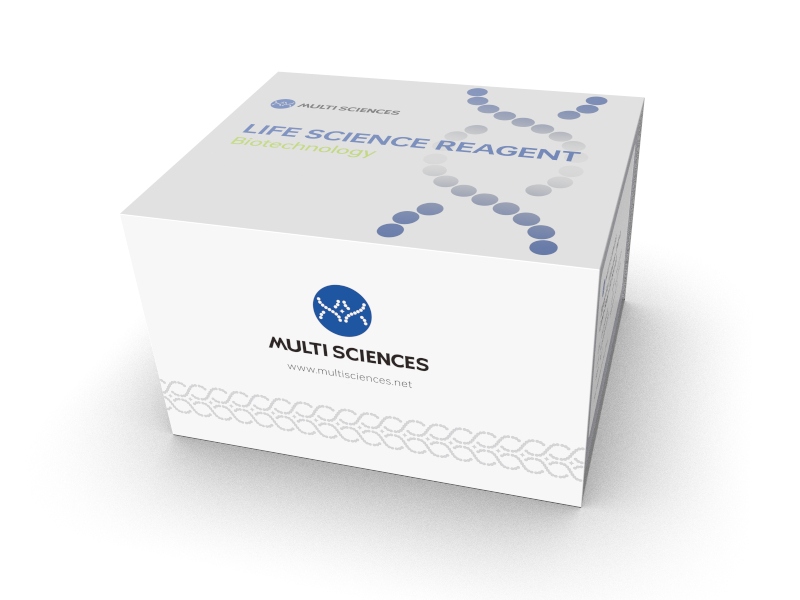
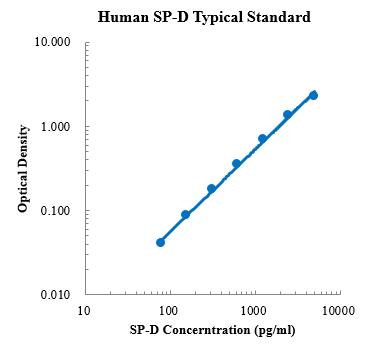
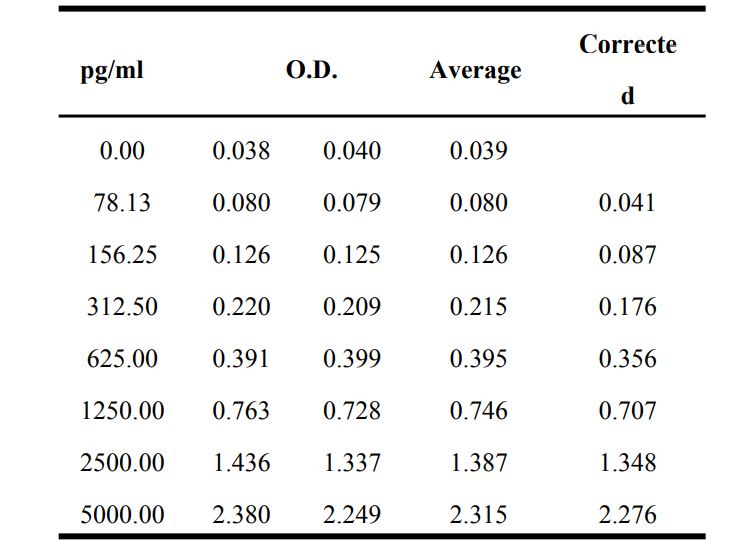
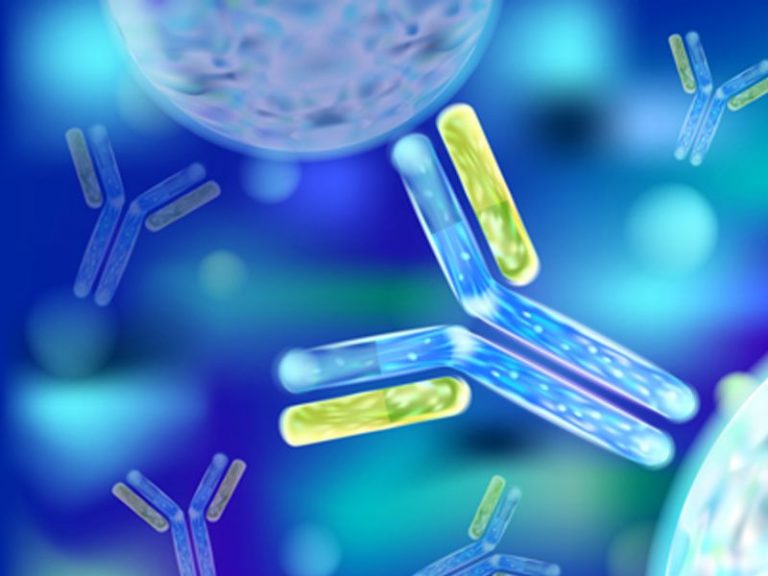
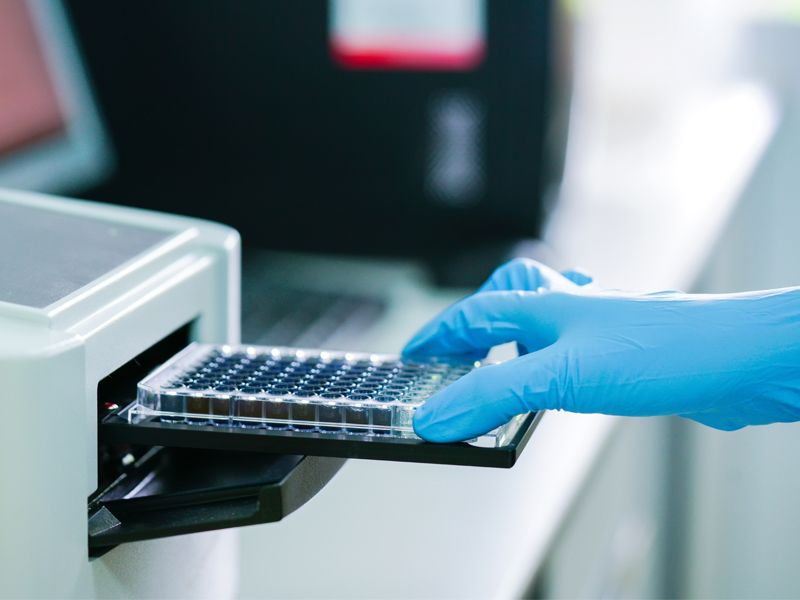
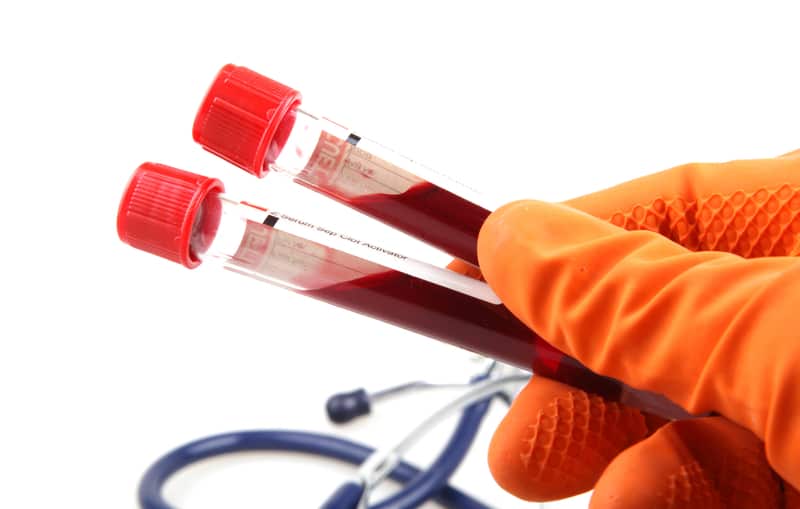

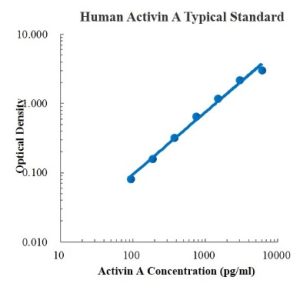
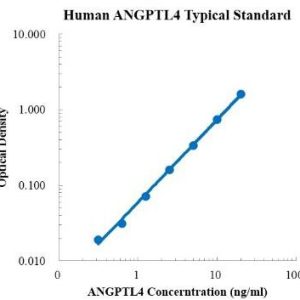
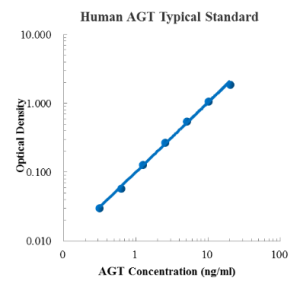
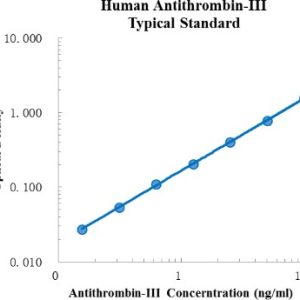
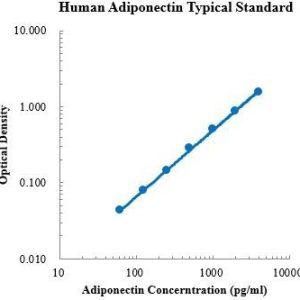
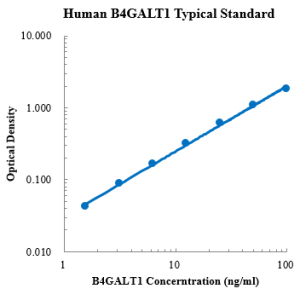
Reviews
There are no reviews yet.